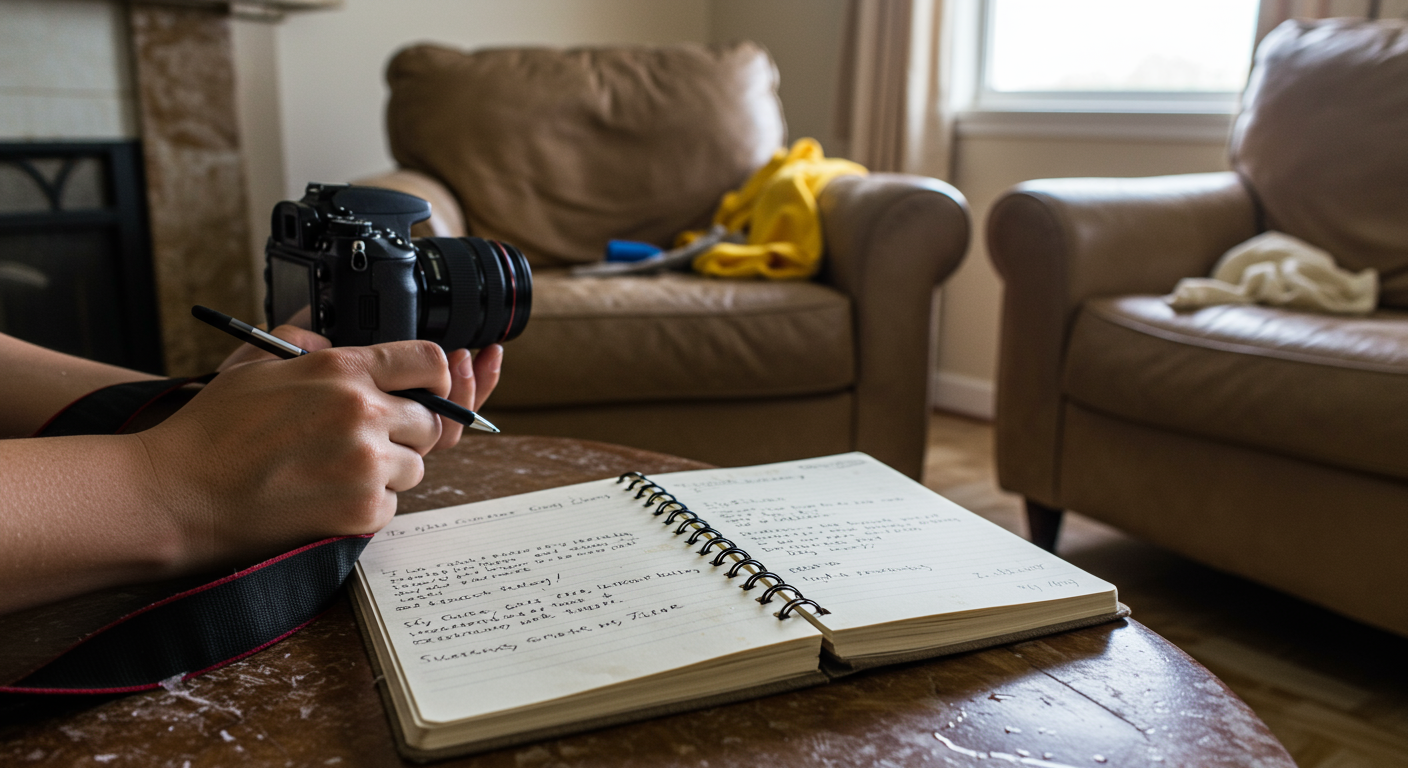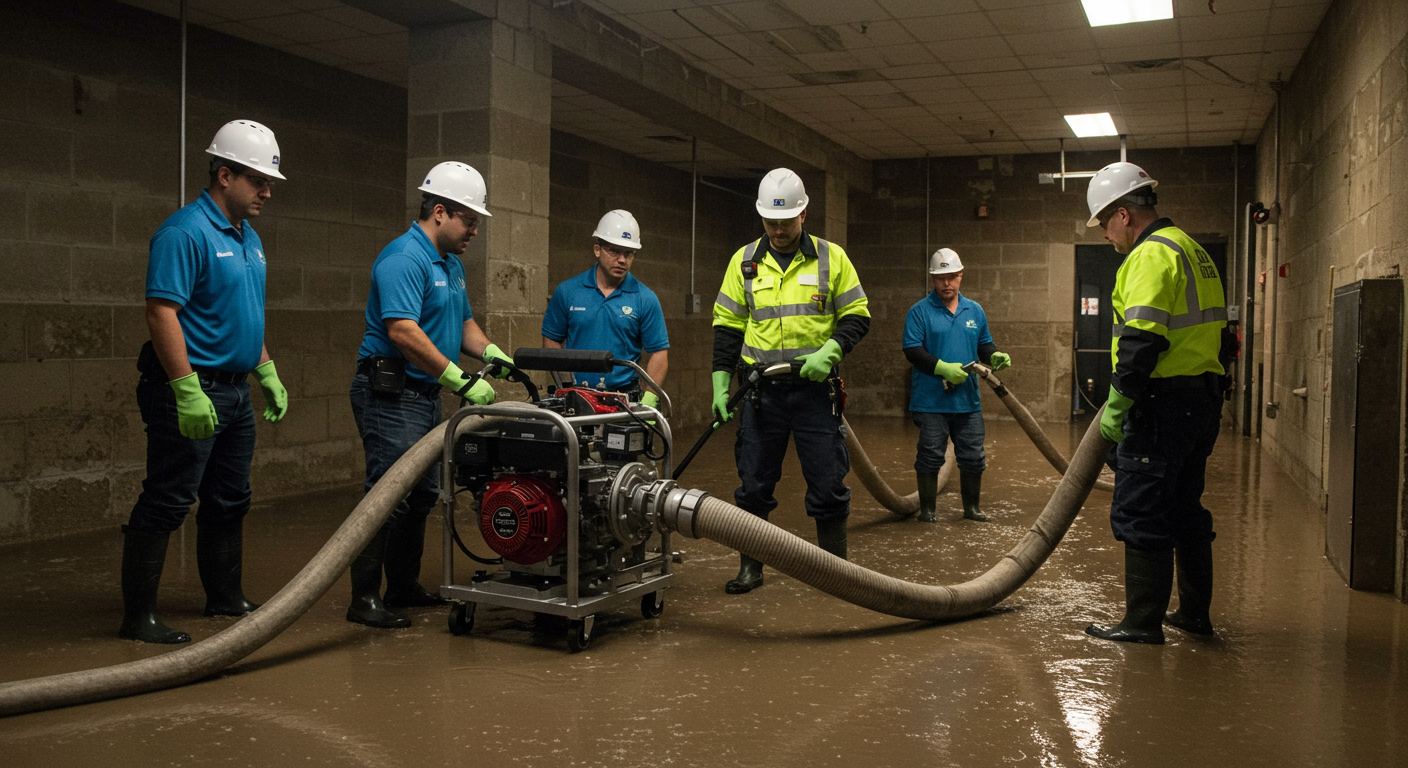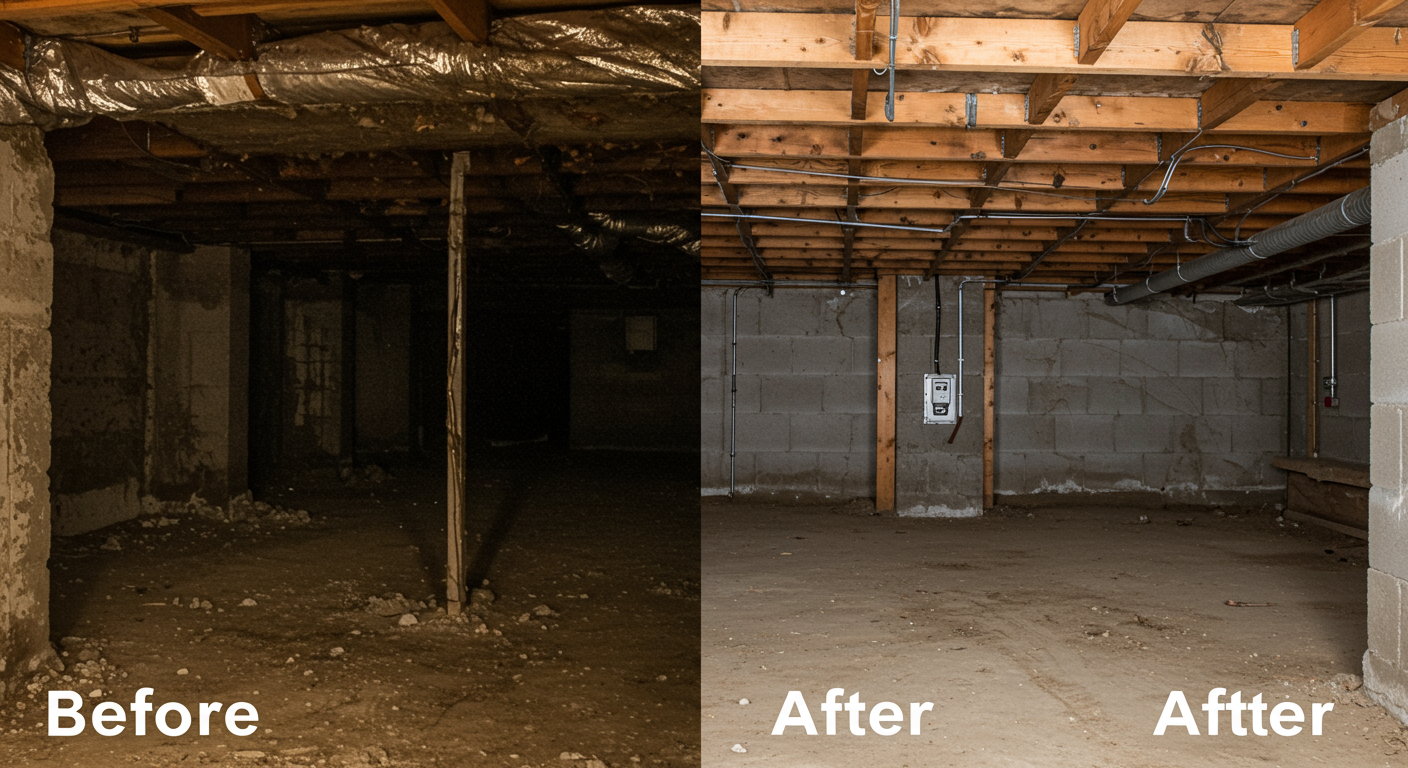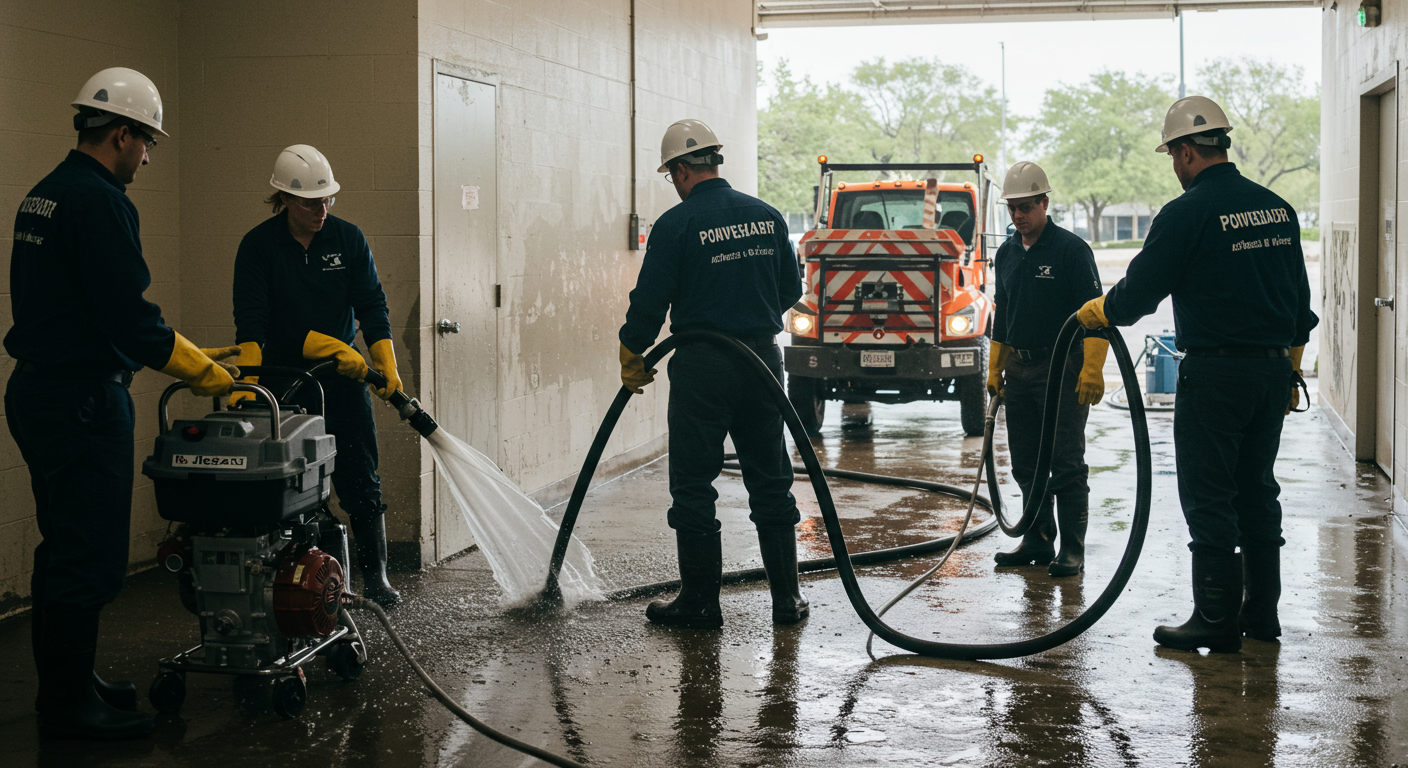Water damage can strike unexpectedly, leaving homeowners overwhelmed and unsure of what to do next. Whether caused by a burst pipe, heavy rainfall, or a malfunctioning appliance, addressing water damage promptly is crucial to minimize its impact. This guide outlines the essential steps to take immediately after water damage, helping you navigate the situation effectively and protect your home.
Understanding Water Damage
Categories of Water Damage
Water damage is classified into three categories based on the level of contamination:
- Clean Water: This comes from sources like broken water supply lines or overflowing sinks. It poses no immediate health risks but should still be addressed quickly to prevent further damage.
- Gray Water: This includes water from appliances like washing machines or dishwashers. It may contain contaminants and requires careful handling.
- Black Water: The most hazardous, black water originates from sewage or floodwaters. It contains harmful bacteria and pathogens, necessitating professional cleanup.
Understanding these categories helps you assess the severity of the damage and determine the appropriate course of action.
Common Causes of Water Damage
Water damage can result from various sources, including:
- Burst Pipes: Aging or frozen pipes can rupture, releasing large amounts of water.
- Flooding: Heavy rains or natural disasters often lead to water intrusion.
- Appliance Leaks: Malfunctioning dishwashers, washing machines, or water heaters can cause leaks.
- Roof Damage: Missing shingles or clogged gutters may allow water to seep into your home.
Identifying the cause of water damage is the first step in addressing the issue and preventing future occurrences.
Immediate Actions to Take
Stop the Water Source
The first priority in a water damage situation is to stop the water flow. Locate the main water shut-off valve and turn it off to prevent further flooding. If the damage is due to a leaking appliance, disconnect it from the power supply and water source.
Ensure Safety
Safety should always come first. Follow these steps to protect yourself and your family:
- Turn off electricity to the affected areas to avoid electrical hazards.
- Wear protective gear, such as gloves and boots, to minimize exposure to contaminated water.
- Avoid entering rooms with standing water until you are certain there are no electrical risks.
Taking these precautions ensures a safer environment while you address the damage.
Restoration Process
Documenting Damage for Insurance
Before beginning any cleanup, document the damage thoroughly for insurance purposes. Take clear photos and videos of the affected areas, including damaged furniture, walls, and flooring. Create an inventory of damaged items, noting their value and condition.
This documentation will be invaluable when filing an insurance claim, ensuring you receive adequate compensation for repairs and replacements.

Drying and Cleaning
Once the damage is documented, focus on drying and cleaning the affected areas:
- Remove Standing Water: Use a wet/dry vacuum, mop, or towels to extract as much water as possible.
- Ventilate the Area: Open windows and doors to promote air circulation. Use fans and dehumidifiers to speed up the drying process.
- Clean Surfaces: Disinfect surfaces with a mixture of water and bleach to prevent mold and bacteria growth.
Acting quickly is essential to prevent mold development, which can occur within 24-48 hours of water exposure.
When to Call Professionals
Assessing Damage Severity
While some water damage can be managed independently, severe cases require professional intervention. Signs that you need expert help include:
- Extensive water intrusion affecting multiple rooms.
- Presence of black water or sewage.
- Visible mold growth or a musty odor.
Professionals have the tools and expertise to handle complex restoration tasks, ensuring your home is safe and habitable.
Long-term Prevention Tips
Preventing future water damage involves proactive measures, such as:
- Regularly inspecting and maintaining plumbing systems.
- Cleaning gutters and downspouts to prevent water buildup.
- Installing water leak detectors and sump pumps.
Implementing these strategies reduces the risk of recurring water damage, protecting your home and peace of mind.
For expert assistance, consider Expert Home Restoration Services for Water Damage in Albany, GA, a trusted local solution for comprehensive restoration.
Water damage is a challenging situation, but taking immediate action can significantly reduce its impact. By understanding the types and causes of water damage, following the outlined steps, and seeking professional help when needed, you can restore your home and prevent future issues. Stay prepared and proactive to safeguard your property from water-related disasters.


